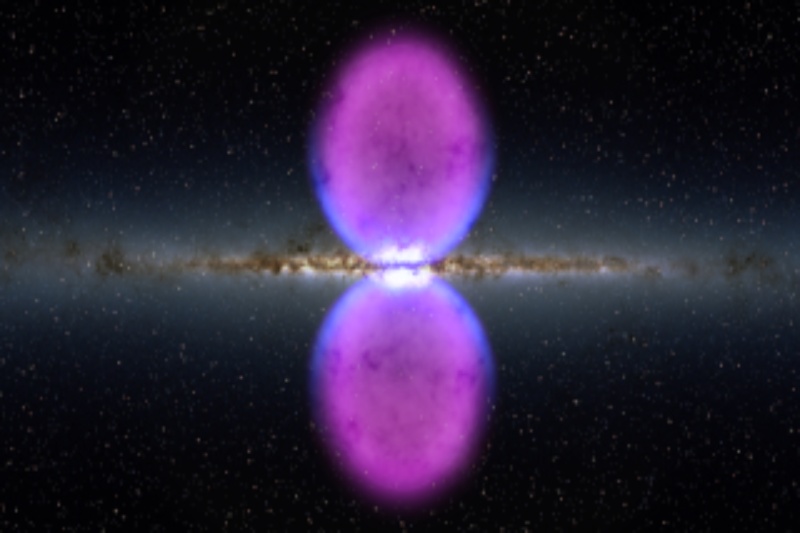Researchers looking at gamma rays reported discovering an enigmatic phenomenon near the Milky Way’s edge.
At the 243rd meeting of the American Astronomical Society in New Orleans, cosmologist Alexander Kashlinsky of the University of Maryland and NASA’s Goddard Space Flight Center in Greenbelt presented the findings.
In order to ascertain whether or not the signal pattern of the cosmic microwave background—the earliest light in the universe—is connected to the velocity of our solar system, Kashlinsky’s team initially looked for gamma-ray signals associated with it.
But what scientists found was an entirely different signal that might have come from an undiscovered cosmic event.
“Kashlinsky stated that the discovery was entirely coincidental.” “We found a much stronger signal, and in a different part of the sky, than the one we were looking for.”
According to scientists, the CMB began shortly after the Big Bang, when the hot, expanding universe began to cool down sufficiently for the first atoms to form. The universe’s expansion over the course of 13 billion years stretched the ensuing blast of light, which was first noticed in 1965 as weak microwaves.
The CMB was found to have a “dipole” structure in the 1970s by astronomers, which means it has two ends with opposing charges. It was discovered that the CMB was noticeably colder with fewer microwaves than usual in the opposite direction and noticeably hotter with more microwaves than average toward the constellation Leo.
Though the movement of the solar system in relation to the CMB is commonly thought to be the cause of this dipole pattern, the research team aimed to verify or refute this theory by looking for a similar pattern in other types of light, such as gamma rays.
“Such a measurement is important because a disagreement with the size and direction of the CMB dipole could provide us with a glimpse into physical processes operating in the very early universe, potentially back to when it was less than a trillionth of a second old,” said co-author Fernando Atrio-Barandela, a professor of theoretical physics at the University of Salamanca in Spain.
The scientists integrated 13 years of gamma ray data from NASA’s Fermi Large Area Telescope to examine the cosmic gamma-ray background. The gamma-ray dipole that the researchers discovered was far from the CMBs and had a peak that was too large to be explained by solar system motion. It was positioned in the southern sky.
“While it is not what we were looking for, we suspect it may be related to a similar feature reported for the highest-energy cosmic rays,” said co-author Chris Shrader, an astrophysicist at the Catholic University of America in Washington and Goddard.
The Pierre Auger Observatory in Argentina made the first observation of this comparable phenomenon in 2017. A dipole peak of ultrahigh-energy cosmic rays was found by the observatory, with a comparable magnitude and location to the gamma-ray peak.
Although the inquiry is still underway, the scientists believe the two events are related and that the ultrahigh-energy particles and gamma rays may be produced by the same source.





